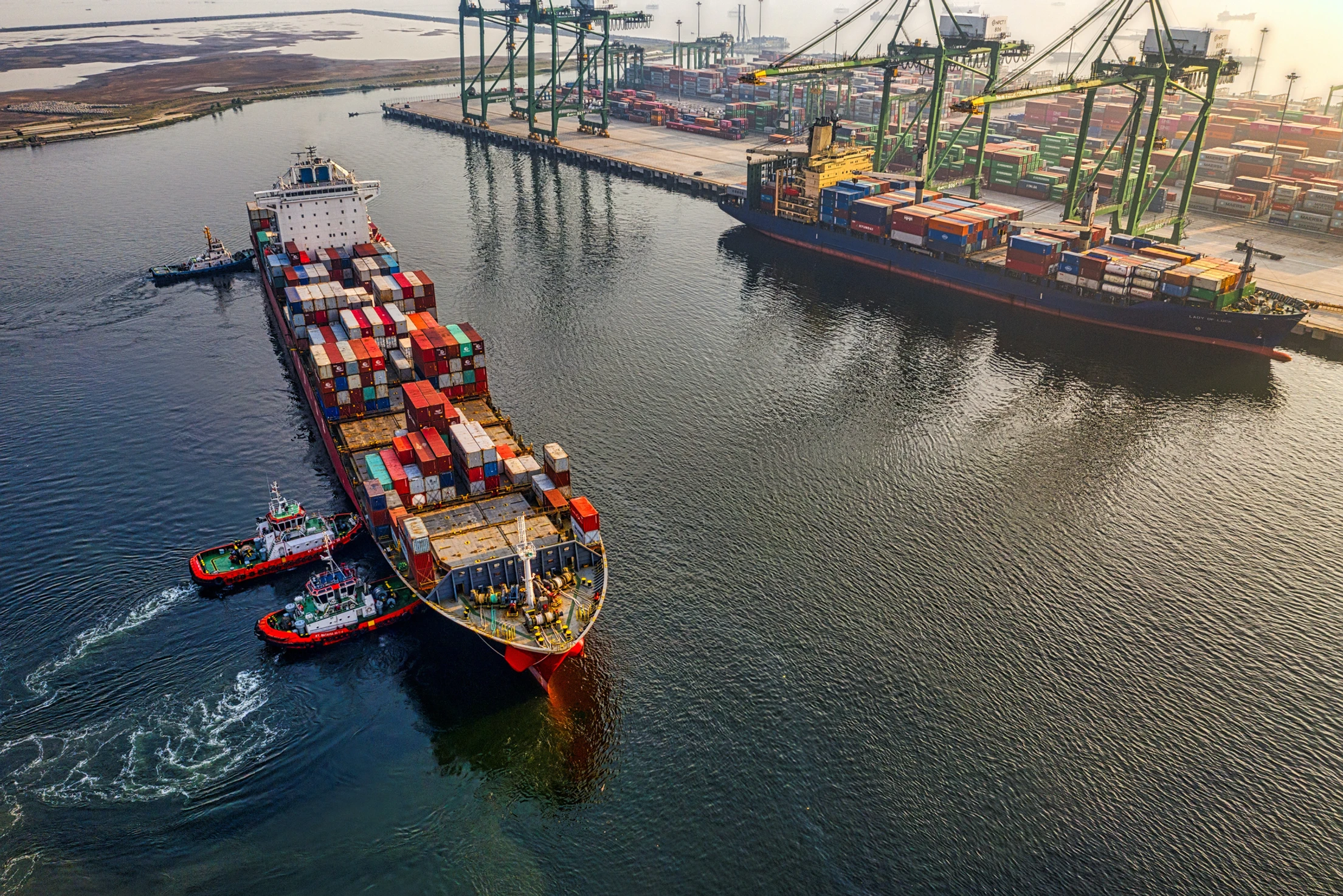To define logistics requires you to understand that it is really only one integral part of supply chain management. Logistics is the process of transporting goods through each stage of the supply chain into the hands of the customer. However, logistics management is not as simple as scheduling trucks to pick up and deliver goods at certain times. Logistics might actually be considered the most complicated area of supply chain as it requires careful planning to ensure that deliveries arrive on time. Even minor delays or setbacks within the logistics process can cost the company lost money and customer satisfaction.

Logistics Management vs Supply Chain Management
To understand logistics you have to realize how it differs from supply chain management. Often times, people get these two terms confused with one another. While logistics involves transporting goods as quick and efficiently as possible, SCM encompasses more than just logistics but includes fields like Procurement, Demand Planning, Inventory Management, Customer Service and more. Logistics is simply one important part of supply chain management.
Logistics managers oversee all of the operations related to logistics including managing inventory , transportation of goods, scheduling, and supervising warehouse staff. Supply Chain managers on the other hand focus on overseeing every aspect of the supply chain from the purchasing of raw materials, to projecting demand, to managing inventory and more.
7 Rs of Logistics
Knowing what logistics means is not enough to guarantee that your company will be successful in its efforts. Here are the 7 Rs of Logistics that will help your company become successful.
Right Product
To determine your strategy, you must first know the type of product that your company is selling as this will be key in determining the transportation and storage methods that you apply. For example, fleet transport is faster than ships but, if you are shipping food from overseas than you may have to use freight transport by necessity.
Right Place
The right product must then be delivered to the right place. To do this, companies must ensure that tracking systems are put in place and drivers are given clear routes to get to their location. Customers must also be given this tracking information to gain peace of mind and assurance that their product is being transported on schedule.
Right Customer
Products must be delivered to the right target market of customers. To do so, companies must be able to identify who their target market is and strategize their marketing efforts accordingly.
Right Quantity
Logistics managers must ensure that the correct amount of products are being produced and stored. If too many products are being produced, then companies will incur excess storage costs. If there aren’t enough products being produced then companies miss out on potential profits and opportunities.
Right Condition
Products must be stored properly during times of delivery to ensure that they arrive in the right condition for the end user. In-transit damage in particular can have adverse effects on a company’s bottom line and it is often caused by flaws within a company’s packaging or storage methods.
Right Price
Companies must ensure that their products have the right price that customers are willing to pay for a particular product. It must also be the price that allows a firm to be able to make profit or reach whatever financial goals they have in place.
Right Time
This is by far the most important part of logistics. Products must be put into the hands of customers as quickly as possible and before or during the time they expect it to be delivered. To do this, companies must ensure that their routing software is up to date and be on top of delays in the delivery process.
Takeaway
To be able to keep track of all of these key pillars of logistics and improve success in this area of supply chain, a company needs to have a performance management system in place. When it comes to logistics, The OWL can help keep track of each of the 7Rs and show you how to improve in each category. For achieving the right time it can help you measure whether deliveries showed up on time and the amount of time they spent on transit. For the right quantity it can help you predict the amount that customers demand and then help ensure that goods showed up in full. For the right product it can help predict demand to help you figure out whether or not a product is worth selling. There are so many other ways that The OWL can not only help your logistics process, but your entire supply chain as it is a full-purpose solution. Click below to schedule a short call or watch a demo for yourself.
